Entering Christian Dior's Dream
- Ji-Sook Yim
- Oct 20, 2021
- 3 min read
Updated: Mar 23, 2022

Brooklyn Museum's exhibition "Christian Dior: Designer of Dreams" gave me yet another reason to visit New York (the Google Store and SuperReal being a few other reasons), and this was by far one of the most memorable museum exhibitions I've ever seen. I had been curious to see how a museum would exhibit fashion garments beyond just putting the clothing on rows of mannequins, and every moment of this exhibit had me wanting to permanently embed each visual into my memory. A true celebration of the Dior across nearly 8 decades, the exhibition consisted of several "rooms" or sections that immersed me into the fashion house's creative vision. Even the original "bones" of the museum architecture played a part in the exhibit, with the high ceilings and arches adding to the feeling of being transported to a place elsewhere and otherworldly.
Dior & His Successors
I got a solid introduction of the Dior legacy through a showcase of some of the most iconic styles from Dior and his succeeding creative directors. The accompanying fabric swatches and handwritten notes gave me an intimate glimpse into the amount of detail and planning that went into the designs. I also appreciated the works of art that complemented the dresses, such as the Jackson Pollock prints next to a design by Marc Bohan, and Judy Chicago banners serving as a backdrop to Maria Grazia Chiuri's dresses.
18th Century Elegance
Dior and his successors drew inspiration from clothing in the 1700s, and this 18th century-themed room immediately transported me to the era through its neoclassical columns, floral wallpaper, and voluminous silhouettes. Dresses with puffy shoulders, ruffles, and full skirts with narrow waistlines lined up the narrow corridor, and the mirrored walls gave a 360-degree view of the clothing while elongating the space.
Colorama

The Colorama room painted the Dior color palette through an arrangement of dresses (full-size and miniature!), shoes, bags, jewelry, and other accessories. The dark walls allowed the vibrant colors to really stand out, and the collection of accessories showcased the fashion house's cohesive use of colors across multiple decades.
Toile Room

A stark contrast to the dark-lit Colorama, the toile room was brightly lit and all white, with mirrored walls and ceilings that amplified the brightness. Floor-to-ceiling displays of prototypes paid tribute to the petites mains and their skilled craftsmanship, and my eyes automatically trailed upwards to take in all of the intricate details of pinning and draping.
Enchanted Garden
Ah, the climax of the exhibition! I had caught a peek of this magical space through the crevices of the walls when I first entered the exhibition, and I was completely blown away when I finally entered this space. Playing on the theme of flowers, Dior's greatest source of inspiration, the museum's beautiful Beaux-Arts Court transformed into an enchanted garden of gowns. The projection mapping filled every arch, column, and corner with flowers and clouds to create an immersive backdrop for some of Dior's most exquisite garments.
Making full use of the space, gowns were not only displayed at ground level, but were also suspended mid-air, which added to the ethereal vibe. And it was in this room that I truly grasped the meaning of timeless style. Eight decades of Dior gowns were on full display next to each other, and I wasn't able to tell which gowns were from the 40s and which were from the 2000s. All looked as elegant and modern as if they were created in the current day.
To the Stars

The final room featured Dior's designs as seen from the red carpet. Similar to the Colorama room, the dark walls in this room brought focus to some of the most iconic dresses throughout the decades, spanning from the Academy Awards to the Met Gala, worn by the likes of Princess Diana, Grace Kelly, Elizabeth Taylor, and Jennifer Lawrence. Having seen some of these dresses only on TV or through photos, it was amazing to see the dresses up close to appreciate the details and silhouette in-person.

Continuing the star motif, the exhibition concluded with Dior's "lucky star." Known to be superstitious, Dior had nearly tripped on this lucky star before deciding to open his own fashion house. As I exited the exhibit, I couldn't help but wonder if a bit of magic from that lucky star would pass on to me.
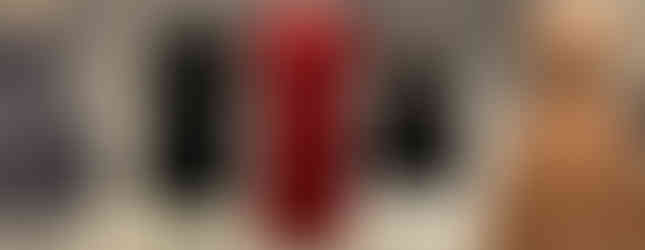


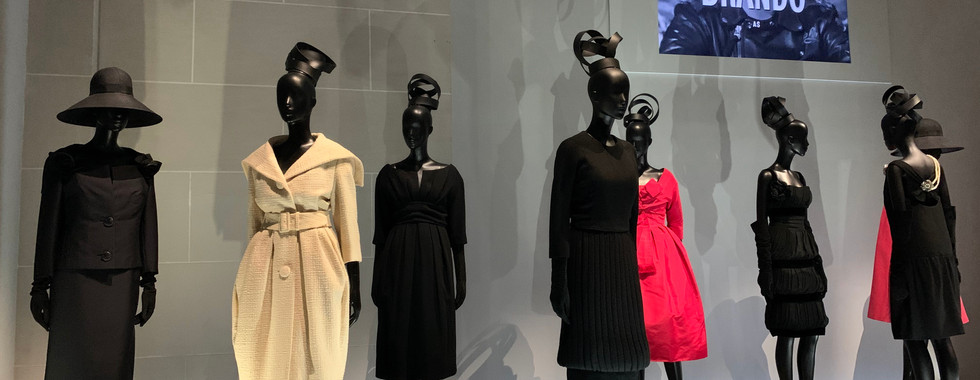
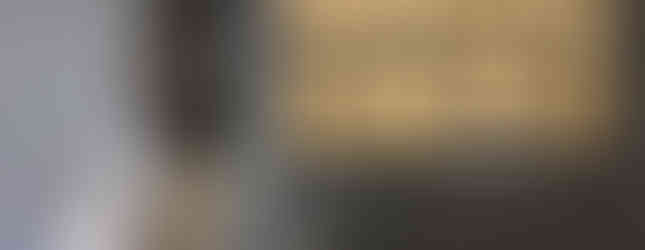



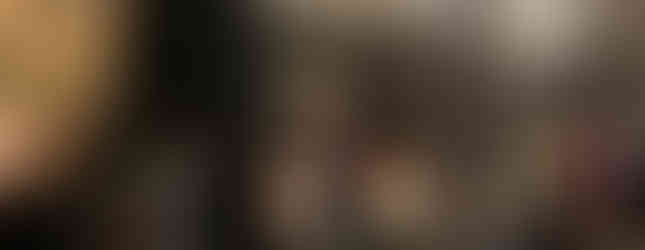






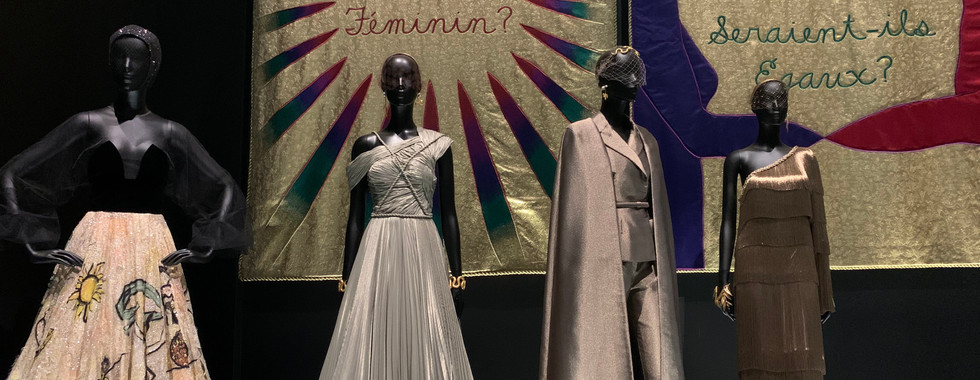





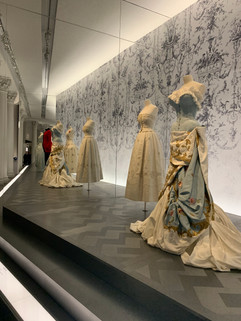


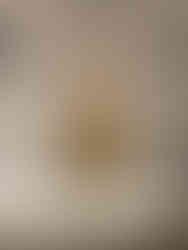



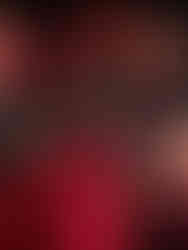





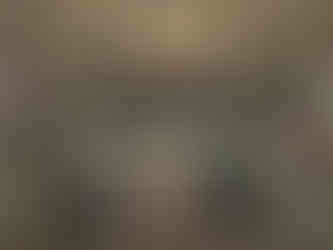


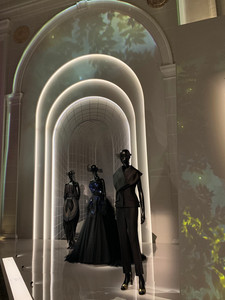



Comments